 The Revolutionizing Power of AI: Occupational Therapy and the Older Adult
The Revolutionizing Power of AI: Occupational Therapy and the Older Adult
Annette Bullard, Med, BA, COTA/L
 The Revolutionizing Power of AI: Occupational Therapy and the Older Adult
The Revolutionizing Power of AI: Occupational Therapy and the Older Adult
Annette Bullard, Med, BA, COTA/L
 Revolutionizing Rehabilitation: How Artificial Intelligence is Shaping the Future of Occupational Therapy
Revolutionizing Rehabilitation: How Artificial Intelligence is Shaping the Future of Occupational Therapy Use of ChatGPT and artificial intelligence (AI) in the Home and Community Health therapy setting
Use of ChatGPT and artificial intelligence (AI) in the Home and Community Health therapy settingNguyen, B. (2022, Dec 5). A new AI chatbot is getting buzz for being able to have intelligent-sounding conversations, write music and even code. Business Insider.https://www.businessinsider.com/chatgpt-new-ai-chatbot-conversation-with-questions-answers-examples-2022-12
Sallam, M. (2023). ChatGPT utility in healthcare education, research, and practice: Systematic review on the promising perspectives and valid concerns. Healthcare 2023, 11, 1–20.http://doi.org/10.3390/healthcare11060887
 The Expanding Role of Occupational Therapy: Insights from the Doctoral Entry Level
The Expanding Role of Occupational Therapy: Insights from the Doctoral Entry Level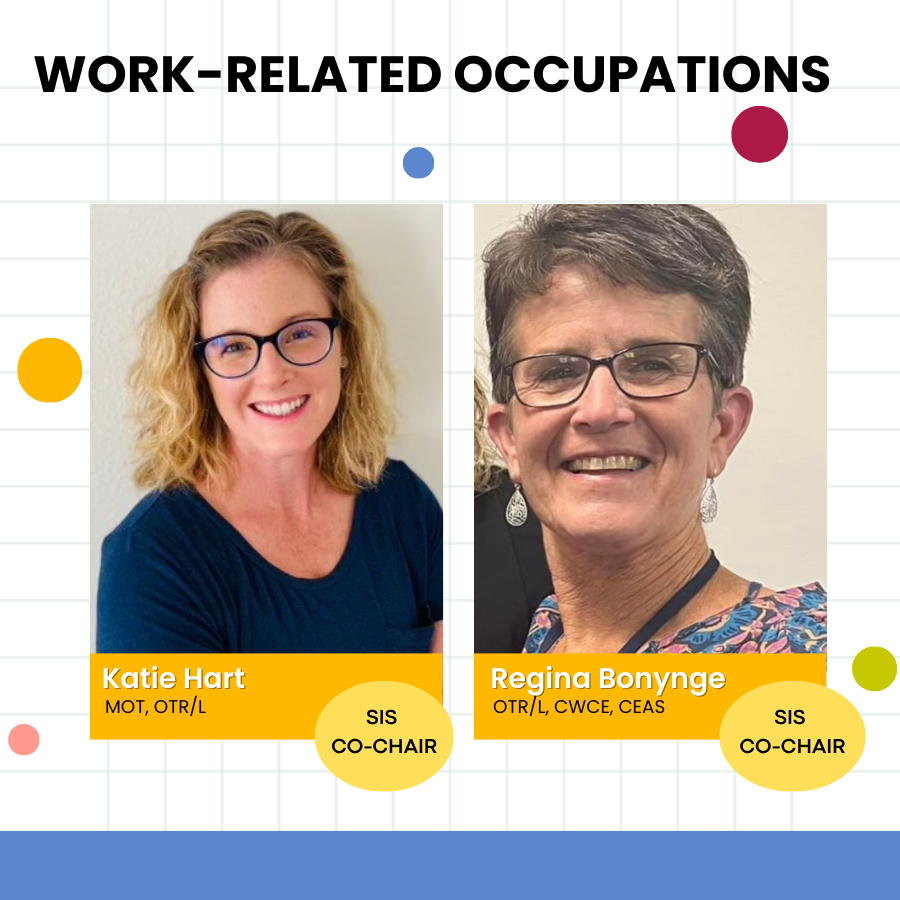 Volunteering As a Work-Related Occupation: A Case Study
Volunteering As a Work-Related Occupation: A Case StudyVolunteering makes us feel good. However, what is the science behind it? A recent study has validated the benefits of volunteering, notably, reduced mortality, increased quality of life improved and social supports (Nichol et al., 2023). The benefits of volunteering are not predisposed to those who come into it with higher levels of happiness. On the contrary, research shows that those with lower reported happiness levels reap more benefits from volunteering (Binder & Freytag, 2013).
As occupational therapists, how can we leverage the power of volunteering to support our clients on their journey? Volunteering creates a safe place for many to “try out” a work environment and safely address their deficits in a controlled environment (space, schedule, time, tasks, etc). This article includes a case study of Lisa and her recovery from a stroke, using volunteering as a steppingstone to support return to work skills.
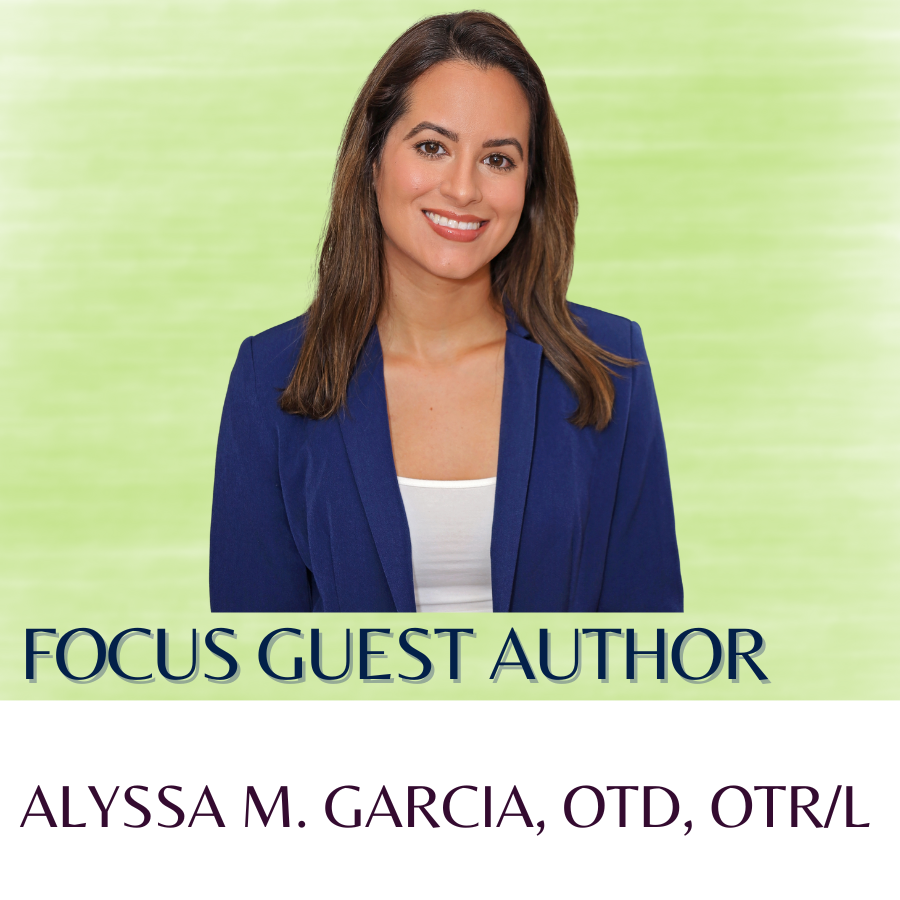 OT’s Role in Firefighter Mental Health
OT’s Role in Firefighter Mental Health
Alyssa M. Garcia, OTD, OTR/L
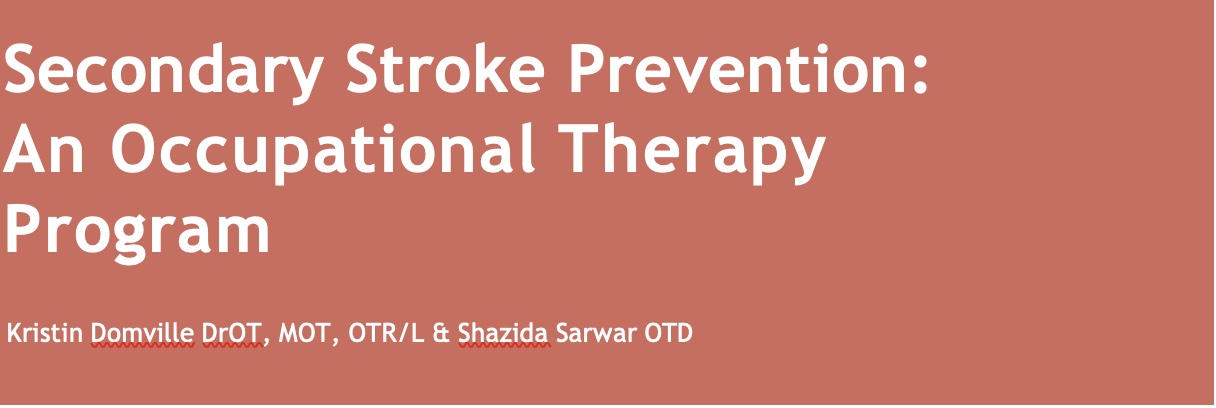
In the United States, a stroke occurs approximately 800,000 individuals annually, accounting for a large population of severe long-term disabilities (Centers for Disease Control and Prevention [CDC], 2021). In the United States, 25% of all strokes, approximately 610,000, occur among those individuals who have already had a previous stroke, raising the risks of long-term disability (CDC, 2021). NORD (2020) reports stroke recurrence leads to poorer functional outcomes, quality of life, and increased incidence of mortality. Stroke recurrence affects a large population, so reducing secondary stroke is essential to reduce mortality and disability risks.
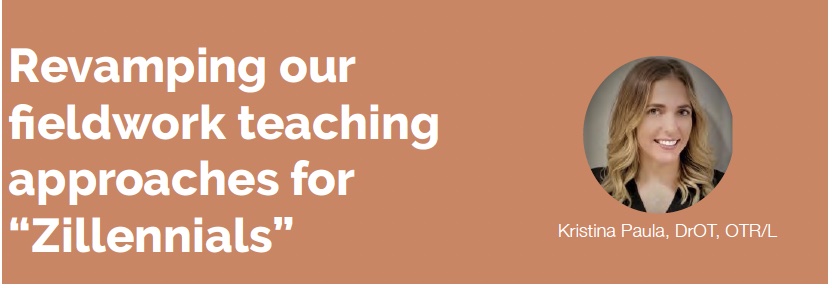
Have you ever spoken to fieldwork students and felt like it went in one ear and out the other? Well maybe because it has. Let’s take a step back and consider it from the student’s learning perspective; it is not due to their unwillingness to learn. Most universities have adopted an adult learning style to meet the learning needs of students from younger generations, however, fieldwork educators may continue to use the same teaching strategies from previous generations. As these students’ learning styles have evolved, we cannot continue to propose the same teaching styles we used 15, 10, or even 5 years ago. As occupational therapists, we adapt our therapeutic use of self to meet the individual needs of our clients. Fieldwork educators must also adjust our therapeutic use of self to enhance our interactions with fieldwork students for their learning experience.
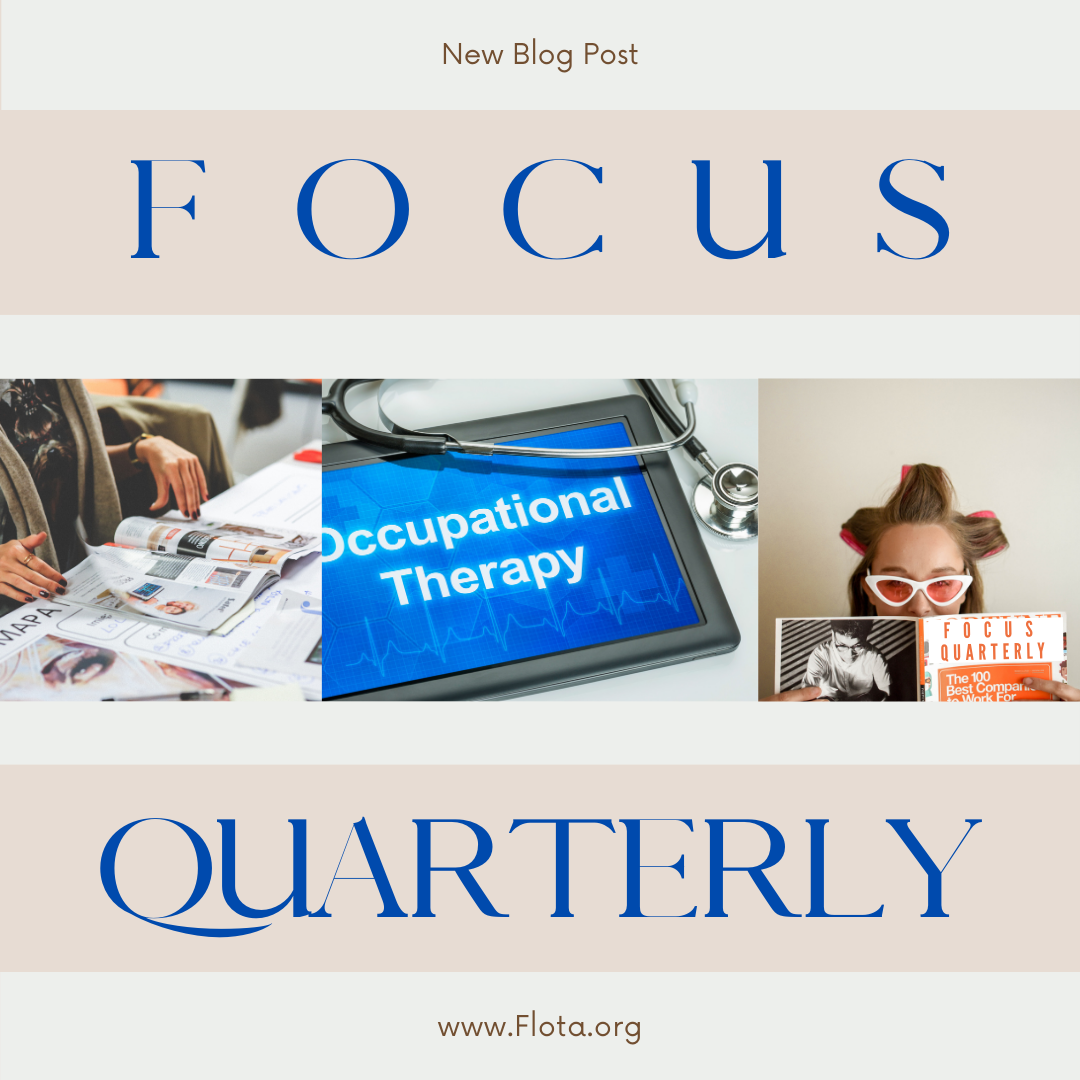
FOTA Boosts Quarterly Publication
In a persistent move towards meeting the needs of its membership and readers, FOCUS, the official publication of the Florida Occupational Therapy Association (FOTA) has been renamed The FOCUS Quarterly. The Author’s Guidelines have been adapted to include formal review of submitted materials, and inclusion of a variety of opportunities for the novice and seasoned writers in the community of occupational therapy and collaborating partners.
by: Anjali K. Parti, OTD, OTR/L
Mental Health Special Interest Section FOTA
As you are all aware, the United States along with the global community is experiencing a period of social isolation, disengagement, social distancing, heightened public health precautions, and an overall sense of change in ‘normal’ due to a novel strain of the Coronavirus, COVID-19. Several countries are experiencing new social realities and limitations in order to prevent retrieving or spreading the virus. All Americans are encouraged to self-quarantine and limit exposure to gatherings or environments of a quantity of 10 or less people and implement 6-foot distance between one another. In short, Americans are discouraged from leaving their homes if possible. This is a significant societal shift which can yield many challenges to routine, personal and professional growth, emotional regulation, wellness, mental health, coping strategies stemming from a general feeling of ‘cabin fever’.
This is an unprecedented time in health care that is evolving every day. Due to the outbreak of COVID-19, many organizations and occupational therapy practitioners are struggling with the question, “what is the appropriate role of occupational therapy during a pandemic?” Guidance from federal agencies is continually shared as the status of the pandemic within the United States is evolving on a daily basis. AOTA urges occupational therapy practitioners to continue to check guidance from the Centers for Disease Control and Prevention (CDC) and the Centers for Medicare & Medicaid Services (CMS) for the most up-to-date information. More
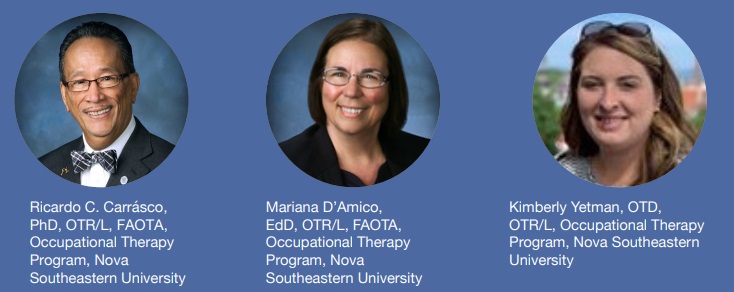
Abstract
FOTA representatives had a sit-down question-and-answer session with Florida Medicaid officials in March of 2018. I called in by phone. We had several questions about Medicaid policies regarding both pediatric and adult care issues. After all was said and done, the most striking comment we had to take away from our informative and respectful meeting was this:
“We just haven’t had many complaints about Occupational Therapy and Medicaid….you need to encourage your clients and practitioners to contact Medicaid to raise their concerns. When we have more complaints filed, we can look at our policies and consider what changes need to be made.”
Join the FOTA leadership and membership in acknowledging National Children's Mental Health Day, May 10th, 2018. In service of our FOTA vision to be the respected authority on occupational therapy’s contribution to health and well-being in Florida, we have assembled a humble offering of clinician's resources and supportive information for OTs from across the state to use in service to children's mental health. Our Ad Hoc Committee on School Mental Health is developing further programming to offer to our members in the future, and we are developing policy statements to share with our advocacy team and our Florida legislators.
FOTA believes in the potential for OT practitioners to impact child well being and provide new and innovative programs to meet the needs of our students in schools across Florida. We believe in the preventative model, nurturing social and emotional learning, and skills for emotional regulation, social skills, and collaborative learning -- all through occupation-based activities. Please take time today, and everyday to nurture the wellness of children in your life and in your practice. See our resources below --an assemblage that is still a work in development. Take Care!
Amazon searches starting from www.flota.org benefit FOTA!